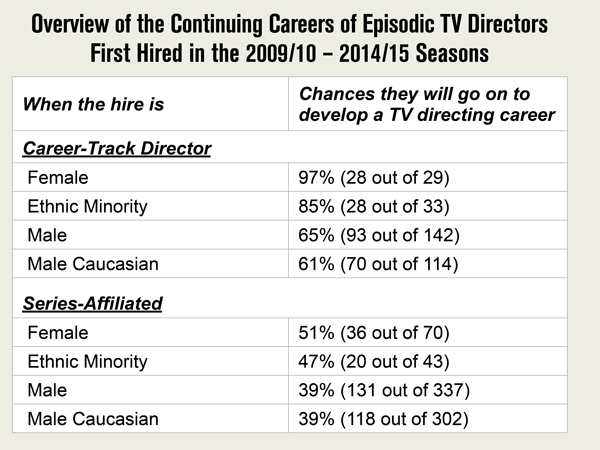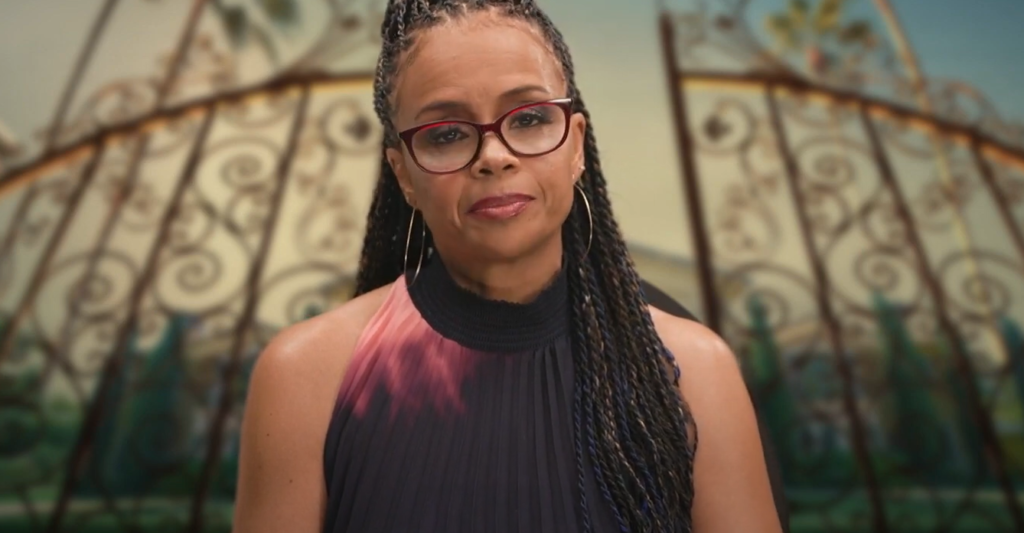
The number of first-time female episodic TV directors increased by 13 percent over the past year. A new study from the Directors Guild of America (DGA) found that women represented 32 percent of the first-time directors in the 2016–17 TV season. This is a sharp increase from 2015–16’s 19 percent and is nearly three times the number of the 2009–10 season.
The number of minority first-time directors also grew significantly to 25 percent, as compared to last year’s 14 percent. This means that the number of first-time minority directors has doubled since 2009–10.
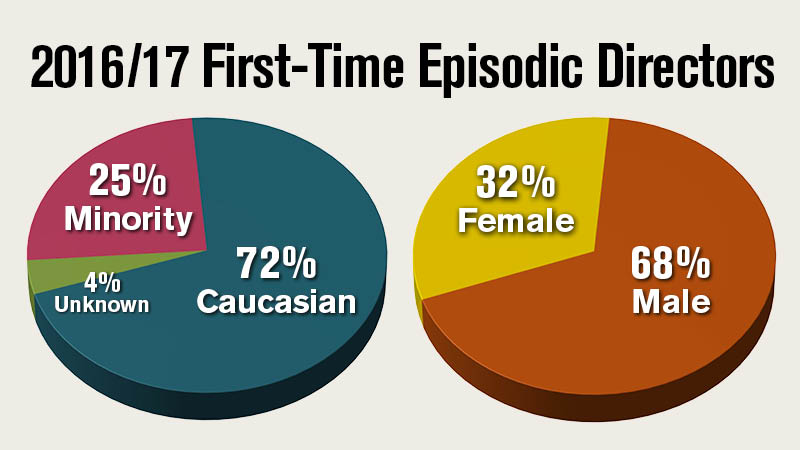
With 225 directors, the 2016–17 season marked a hiring record for directors who had never before helmed episodic TV. The 42 percent increase “significantly outpaced the growth in the total volume of TV episodes and represented a 127 percent jump since the 2009/10 season,” the DGA writes.
“We’re seeing signs of meaningful improvement,” DGA President Thomas Schlamme said of the findings. He also observed why the number of first-timers is so important for the future number and demographics of directors. “The fact is, it all starts with the pipeline. The hiring decisions employers make today can have enormous impact on the composition of the pool in two years, five years, ten years’ time,” he explained. “Our research shows that when employers actually do the work of being inclusive, they find talented directors who overwhelmingly succeed in establishing longer-term careers.”
In other words, providing an opportunity for a first-time director is in many ways a sound investment. The first TV directing gig often leads to a long, storied career in television.
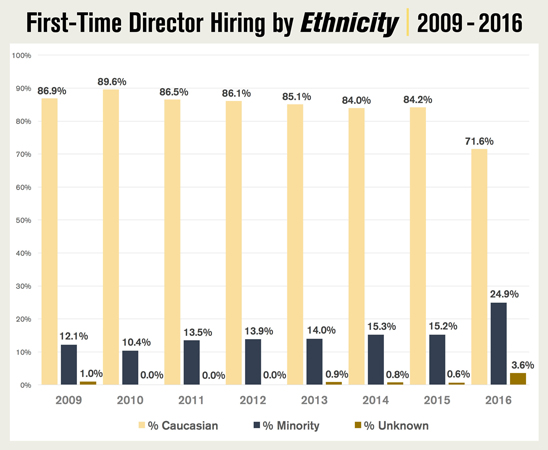
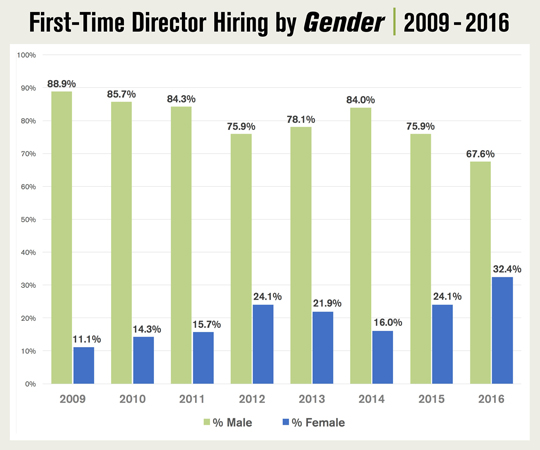
The DGA study also features information and data about the career paths of the first-time directors hired from the 2009–10 season to 2014–15. The goal of this part of the research is “to determine the extent to which new entrants to the pipeline were able to move on to develop TV directing careers.”
Of the 618 first-time directors hired during that time period, 66 percent were already affiliated with the series in other roles (like writers or actors), and 28 percent were “career-track” directors, meaning they had previously directed for another medium like film or commercials. Forty percent of series-affiliated helmers went on to direct other series, as compared to 71 percent of career-track directors. “The most successful career-track directors were women and minorities,” the DGA details, “with 97 percent of the first-time women directors (28 out of 29) and 85 percent of the minorities (28 out of 33) going on to direct on other series.”
“On the one hand, we’re delighted to see the jump in first breaks for talented women and minority directors who are building long-term careers. This validates what we’ve advocated for years and demonstrates what’s possible when employers adopt more inclusive hiring practices,” Schlamme said. “On the other hand, too many of those valued first-time jobs are still being reserved for individuals who work on a series in some other capacity — and as our statistics show, are much less likely to continue a career in directing. If the goal is to feed the pipeline with the directors of the future, it’s important that employers provide the first-time opportunities to those most likely to go on and become career directors.”
Hopefully this positive trend of first-time female and minority TV directors is a sign of good things to come inclusivity-wise in Hollywood. As the DGA study shows, it only takes one job for a director to break into television and begin to build a successful, long-term career. If nothing else, this research should inspire producers and other creative leads to hire more new-to-TV female and non-white directors. Not only will they be opening the door for people other than white men (perish the thought), they could also be establishing a dependable pipeline of directors for future TV seasons.
Head over to the DGA website to read the full report on 2016–17’s first-time TV directors.
